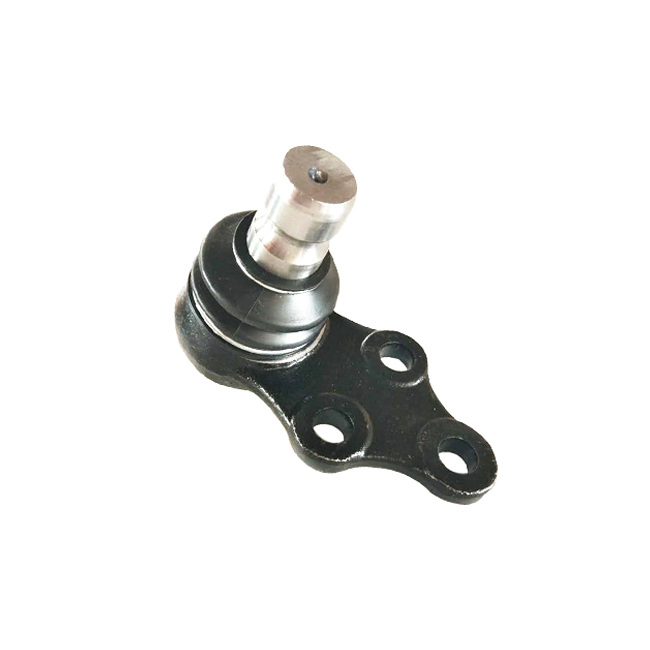Here are some common signs to watch for that indicate wear or damage in China car parts:
Squealing or grinding noises when braking, accelerating or turning.
This could indicate worn out brake pads, bad wheel bearings or a damaged CV joint.
Excessive vibration or shaking in the steering wheel, seat or floorboard.
This could mean a problem with the tires, wheels, suspension or drive train.
The vehicle pulling to one side when braking or acceleration.
This could indicate a problem with the brake pads, rotors or wheel alignment.

Visually inspecting worn brake pads (less than 1/4 inch thick), bald tires (little tread left), or loose/damaged components.
This obvious wear indicates replacement is needed.
Loose or corroded wiring connections.
Corrosion can damage electronics and worn out wires reduce power.
Fluid leaks under the vehicle.
Check for signs of leaking oil, coolant, power steering or brake fluid which could indicate a seal or gasket issue.
Strange noises from the bearings, gears or pulleys.
Squealing, grinding or growling sounds often mean metal-on-metal contact which damages components over time.
Visible cracks, holes or damage in hoses, belts or gaskets.
Damaged or split parts won’t function properly and can reduce performance or cause overheating.
Excessive rattling or knocking sounds from the engine.
This could indicate a problem with lifters, tappets, pistons or other internal engine parts.
The Check Engine light coming on.
Have the OBD2 system diagnosed to determine what codes are triggering the light and necessary repairs.
Poor acceleration or loss of power.
This lack of performance can indicate a problem with the engine, transmission or drive train. It’s best to have it diagnosed by a mechanic.